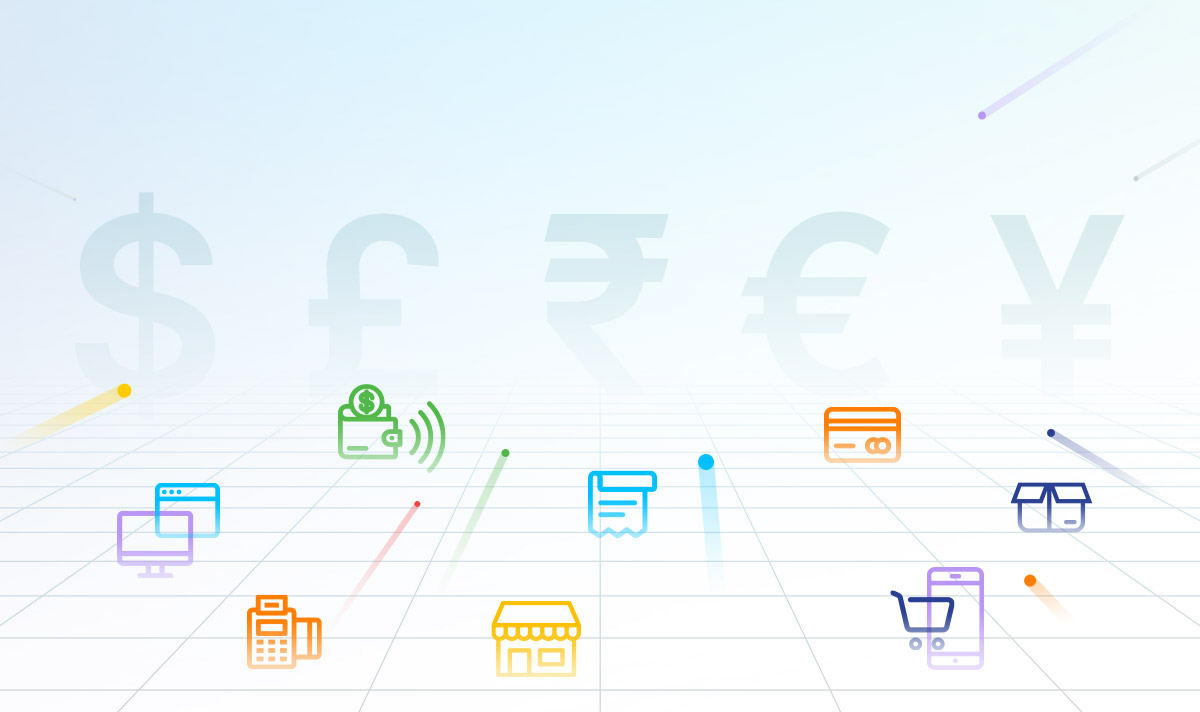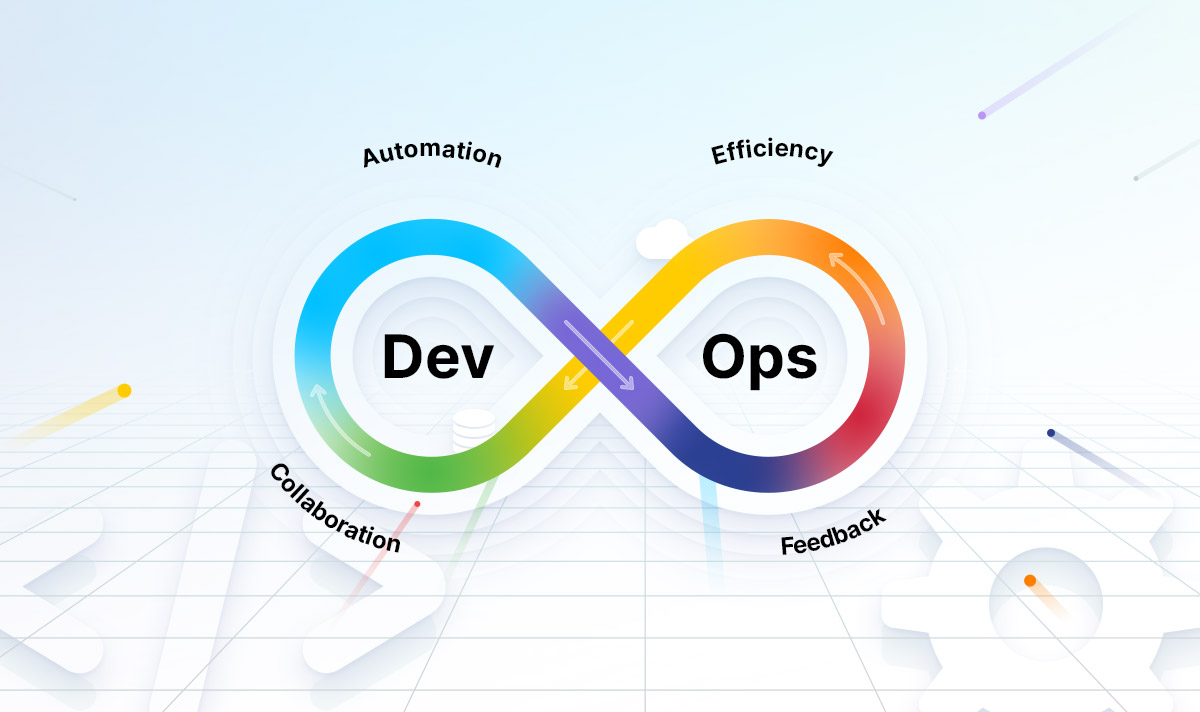IoT is emerging as a game-changing technology for every significant sector, including retail, transportation, finance, healthcare, and energy. The Internet of Things reaches the full extent of its potential when it comes to managing the supply chain effectively.
And the need for IoT was unquestionably visible when the supply chain faced a disaster caused by the coronavirus pandemic.
To mark the extent of this disruption a McKinsey study found – 75% of companies struggled with their supplier base, production, and distribution, and 85% of the participants admitted that insufficient digital technologies were the culprit in the supply chain.
As a result, in the survey, 9 out of 10 leaders said they planned to consider the digitization of the supply chain to improve efficiencies, cost minimization, and resilience.
IoT today connects the network and offers communication and visibility throughout the value chain, from inputs to production and from products to actual customers.
The true potential of IoT can enhance every aspect of the intricate supply chain process. This article will help you understand how IoT will affect the supply chain and the applications used in this sector.
What Is Driving Supply Chain Management to Move Towards IoT?
The primary goals for IoT deployment in supply chain management are tracking and monitoring. Thanks to technology, managers of warehouses and fleets can now keep track of their inventory and cargo.
Though the Internet of Things is capable of much more than just asset management, here are a few more reasons to use IoT in Supply Chain Management:
Real-Time Location-Tracking
Real-time data about the product’s location and the conditions of transportation are provided by IoT. In addition to being able to precisely track the delivery of both finished goods and raw materials, you will also be informed if the product is shipped in the wrong direction.
Estimate The Product’s Movement and Arrival
IoT devices and data analytics systems are used by managers to enhance decision-making and increase the accuracy of delivery forecasts. Real-time tracking allows businesses to keep track of goods as they are shipped, forecast delivery dates, and reduce delays-related risks.
Storage Condition Monitoring
Environmental sensors allow managers to monitor shipment conditions and proactively react to changes. One of the most popular IoT supply chain solutions collects information on the temperature, pressure, humidity, and other variables that may compromise the integrity of the product and initiate automatic condition adjustment.
Locate Goods in The Warehouse
One of the widespread warehouse technology trends is the integration of IoT-based supply chain management systems. There are many advantages, including better inventory management, employee safety, and increased warehouse process efficiency. In addition, the Internet of Things allows for seamless workflow and performance that would be impossible to achieve in traditional methods.
Multiple Advantages of IoT in the Supply Chain Management
More companies are looking to reap the benefit from the Internet of Things in the supply chain because of its rising popularity. If you are wondering how IoT can boost your company’s efficiency and lower operating costs, the following list is the benefits of digital SCM.
Higher Speed
The overall supply chain speed is exponentially increased by intelligent route-planning tools and IoT tracking technologies. By incorporating these technologies into routine operations, managers can make decisions more quickly, and reduce delay-related risks proactively, which eventually increases the effectiveness of finding items in the warehouse.
Improved Flexibility
Retailers and supply chain managers can order the correct number of units of each product by using IoT, which gives managers detailed insights into the goods turnover. By introducing high precision in asset tracking, shipping, and navigation, the Internet of Things lessens the effects of human error.
Higher Accuracy
In comparison to closed systems, IoT-connected platforms are quicker and a lot simpler to use. Companies can guarantee that all parties involved in the supply chain lifecycle will have access to relevant data and can quickly address issues by developing a cloud-based IoT system.
Various IoT-enabled devices combined with APIs, enable organizations to collect, analyze and repurpose supply chain data to build strategies to optimize business operations.
Increased Efficiency
The IoT enables a variety of connected platforms, especially for employees to improve their efficiency. Smart glasses and other tools make it easier to train warehouse workers so they can finish tasks faster. Additionally, IoT collects data related to efficiency and increases awareness of resource and labor management.
IoT Implementation Challenges in Supply Chains
Many businesses continue to track assets and manage deliveries using outdated conventional systems. But by utilizing the IoT in the supply chain, many challenges related to antiquated operational procedures and technological advancements can be resolved. But before implementing IoT, issues associated with IoT must be considered.
Skill Gap
Workers in warehouses and drivers of vehicles will need extensive training to adapt to the latest connected systems. As it requires time to elaborate security practices and outline guidelines for using corporate platforms.
Considering the lack of specialized IoT training, finding a team qualified to create a solution tailored to the business is a challenge in itself.
Security Threats
Supply chain managers must also focus on creating a secure architecture before fully transferring all processes to connected platforms. Vulnerabilities in data processing and storage can lead to cyber-attacks and data leaks, damaging the company’s reputation.
Connectivity Issues
The IoT is heavily reliant on a stable Internet connection. There is not always a reliable network because fleet drivers frequently change locations. Supply chain managers currently have to put up with the connectivity issue until 5G becomes widely available and Internet coverage improves.
Increased Data Storage Challenges
Large data pools are just one of the many advantages the IoT provides supply chain managers. The more data you have, the more supply chain analytics will bring to the table. However, it may fear managers to obtain enough server power to store and process the mountains of crucial data.
Final Words
The advantages of IoT in the digital supply chain outweigh its minor disadvantages. From logistics tracking, and increasing communication transparency, better risk management to planning accuracy – IoT brings immense benefits to enterprises.
As long as you have a clear objective for what technology is necessary to realize your vision, an IoT-based platform is a great investment for both small and large corporations.
If one fails to adopt technological revolutions, will surely be left behind by today’s agile competition.
To discuss the best IoT solution for your company to improve product distribution and shipping and get real-time quality data, send us a message today and we will get back to you as soon as possible.






